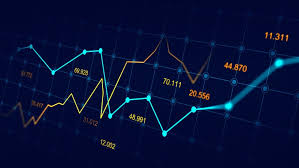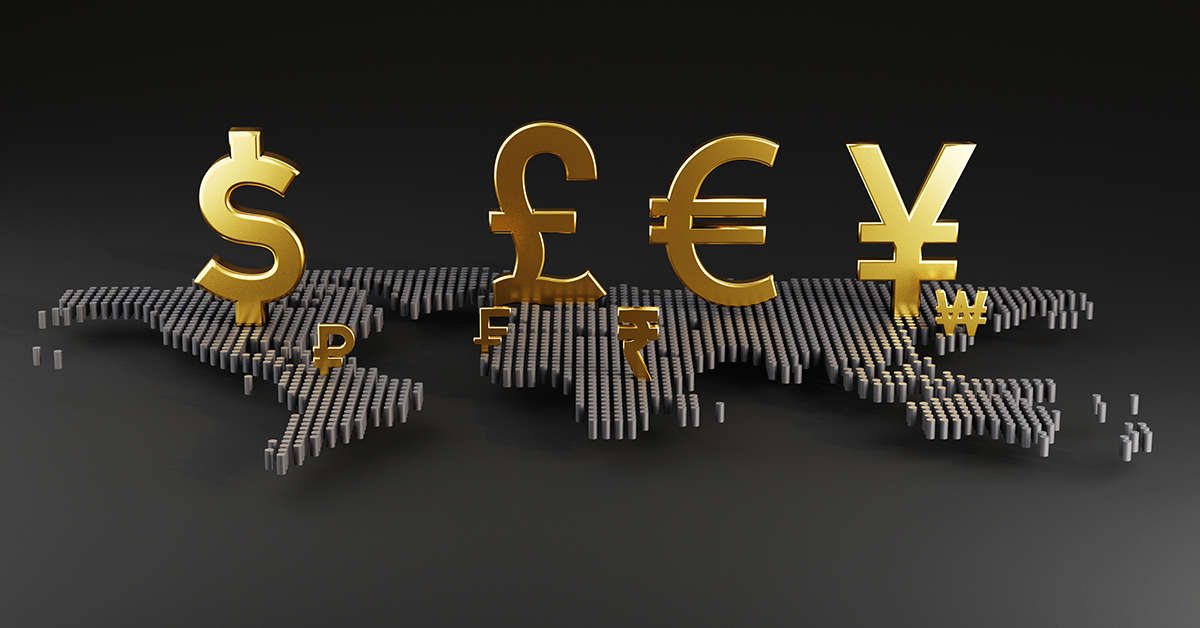
Understanding Automated Forex Trading
In the fast-paced world of currency trading, automated forex trading has emerged as a prominent approach for traders seeking efficiency and effectiveness. Automated trading, or algorithmic trading, leverages technology to execute trades based on predetermined criteria. This method has been instrumental in transforming the forex market by allowing traders to capitalize on opportunities while minimizing the need for constant manual oversight. Moreover, with accessible platforms and tools available, even novice traders can venture into this realm.
automated forex trading Turkey Brokers have emerged as a key player in facilitating automated trading in Turkey, providing traders with reliable platforms and resources.
The Basics of Automated Forex Trading
Automated forex trading utilizes software programs that analyze market data and execute trades based on set algorithms. These algorithms can take into account numerous factors, including technical indicators, market trends, and price action. Traders develop these algorithms or use existing ones that are optimized for the current market conditions. The primary objective of automated trading is to eliminate human emotions from trading decisions, thereby fostering a more disciplined approach.
Benefits of Automated Forex Trading
Automated forex trading offers a plethora of benefits. One of the most significant advantages is that it operates 24/5, allowing trades to be executed even when the trader is not present. This capability ensures that opportunities are not missed due to the constraints of manual trading. Additionally, automated systems can process vast amounts of data faster than a human, enabling real-time analysis and timely execution.

Furthermore, automated trading promotes consistency. By adhering to a predefined set of rules, traders are less likely to be influenced by fear or greed, which can derail trading strategies. Another key benefit is the ability to backtest strategies against historical data, allowing traders to refine their approaches before deploying them in live markets.
How to Get Started with Automated Trading
To embark on your automated trading journey, the first step is to choose a suitable trading platform. Many brokers offer software that supports automated trading functionalities, including advanced charting tools and algorithmic trading features. Once you’ve selected a broker, you can either develop your own trading algorithm or download pre-designed ones from reputable sources.
For those new to algorithm development, programming languages such as Python, MQL4, or MQL5 are popular choices. These languages offer extensive libraries and support for creating complex trading algorithms. Online communities and forums can be invaluable resources for aspiring algorithm developers, providing tutorials, templates, and a space for collaboration.
Common Strategies in Automated Forex Trading
There are several common strategies in automated forex trading. Among them are:
- Trend-following strategies: These strategies identify and follow existing market trends, executing trades in the direction of the trend.
- Mean-reversion strategies: These strategies operate on the premise that prices will revert to their mean or average level after a period of divergence.
- Arbitrage strategies: These take advantage of price discrepancies in different markets or forms of a currency.
- News-based strategies: Some automated systems analyze news releases and economic indicators to make trading decisions based on predicted market reactions.
Challenges and Risks of Automated Forex Trading

Despite the numerous advantages, automated forex trading is not without its challenges. One primary concern is technical issues such as slippage, system failures, or connectivity problems that can significantly impact trading performance. Additionally, the reliance on historical data for backtesting may not always predict future market conditions accurately.
Furthermore, traders must be cautious of over-optimization (also known as curve fitting), where a trading strategy is excessively tailored to historical data, potentially underperforming in live markets. Regular monitoring and adjustments are essential to ensure that the strategy remains effective amidst changing market dynamics.
Best Practices for Automated Forex Trading
To succeed in automated forex trading, adhere to the following best practices:
- Start small: If you’re new to automated trading, consider beginning with a demo account or small investments to minimize risk while you learn.
- Diversify: Maintain a diversified portfolio to mitigate risks associated with relying on a single trading strategy.
- Regularly test and optimize: Continuously backtest your trading algorithms against recent data to ensure they remain robust and effective.
- Stay informed: Keep abreast of economic events and market changes that might impact your trading strategy, as the forex market is influenced by global economic conditions.
Conclusion
Automated forex trading represents a revolutionary shift in how traders approach the currency markets. With its numerous advantages, including emotional detachment from trading decisions, 24/5 operation, and the ability to process large amounts of data, automated trading is a formidable tool in the arsenal of modern traders. By understanding its benefits, challenges, and implementing best practices, traders can enhance their trading experience and potentially achieve favorable results in the dynamic forex landscape. As the industry continues to evolve, keeping up with technological advancements and market trends will be key to long-term success in automated forex trading.
